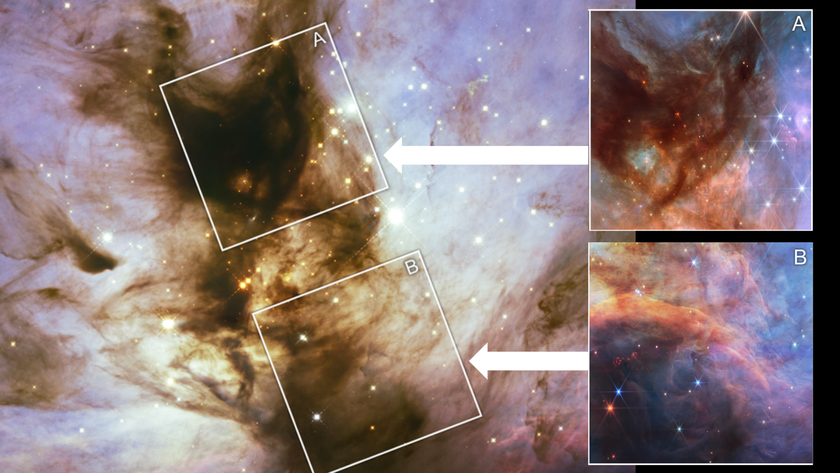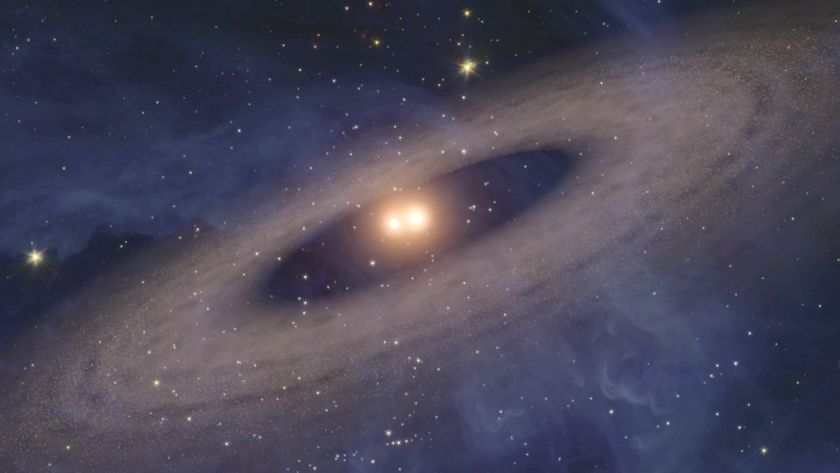
WASHINGTON — As NASA begins to apportion the 5 percent budget cut mandated under sequestration, parts of the U.S. space agency are being asked to cough up more so that others can cough up less or be spared altogether, a senior NASA official told an advisory panel April 4.
NASA’s Planetary Science Division, which Congress favored with a $200 million increase in the Full-Year Continuing Appropriations Act of 2013 (H.R. 933) that President Barack Obama signed into law March 26, is expected to lose most if not all of that money as sequestration siphons some $900 million off the agency’s enacted $17.5 billion top line.
James Green, NASA’s Planetary Science Division director, told members of the NASA Advisory Council’s planetary science subcommittee not to expect a straight 5 percent across-the-board cut as the agency rolls its top line back to $16.6 billion, as required under sequestration.
In order to protect higher-priority programs, Green said, NASA will be cutting lower-priority programs, including planetary science, by more than 5 percent. [Planetary Science Takes Budget Hit in 2013 (Infographic)]
“We are not a protected program, we are not a high-priority program,” Green told his fellow planetary scientists. “Consequently, you can assume that [the Planetary Science Division’s reduction] would be higher.”
Green did not say which agency programs would be spared, but NASA Administrator Charles Bolden has previously identified the James Webb Space Telescope, the Space Launch System heavy-lift rocketand the Commercial Crew Program as top administration priorities.
“The agency had already informed Congress that certain things will be protected,” Green said. “So we will have a reduced program below the funding Congress has provided.”
Get the Space.com Newsletter
Breaking space news, the latest updates on rocket launches, skywatching events and more!
Congress included $1.39 billion in H.R. 933 for NASA’s Planetary Science Division — a $200 million increase compared with the $1.19 billion the division was getting under a stopgap spending bill that expired March 27.
The exact amount of funding planetary science will losewill not be known for about a month, when NASA sends Congress its proposed operating plan for the remainder of 2013, Green said.
If planetary science loses too much of the increase it got from Congress, it could spell the end of Green’s plan to solicit proposals next year for a Discovery-class mission that would launch around the end of the decade.
“I’m working very hard to find anything and everything I can to move Discovery out of 2015 and into 2014,” Green said. However, “sequestration will undoubtedly affect that.”
Discovery missions are cost-capped at $425 million, not including launch, and led by the proposing scientist, or principal investigator.
Diana Simpson, a Republican staff member on the House Appropriations Committee, said NASA does not have to cut every program by an equal 5 percent in order to comply with sequestration.
“They have some discretion in how they can respond to [sequestration] and adjust,” Simpson said here April 4 during a meeting of the National Research Council’s Space Studies Board. “They can make proposals to mitigate the impact of those cuts on certain programs and try to get them back to funding levels that they need to be at in order to achieve their goals for the year.
"Of course, the other side of that is that in order to mitigate cuts in some programs, you have to make even bigger cuts in other areas."
Across town, Green hammered home much the same message to his constituents.
To shield priority activities, he said, NASA "has to come up with that money somewhere else. It does so by taxing, if you will … parts of the program that have less of a priority, from the administration's perspective."
This story was provided by Space News, dedicated to covering all aspects of the space industry.
Join our Space Forums to keep talking space on the latest missions, night sky and more! And if you have a news tip, correction or comment, let us know at: community@space.com.
Dan Leone is an editor and reporter for the ExchangeMonitor Publications covering the Department of Energy and Department of Defense nuclear weapons programs. From 2011 to 2016, Dan was the NASA reporter for the space industry publication SpaceNews, where he covered U.S. space agency policy, news and missions. He also produced the SpaceGeeks podcast showcasing interviews with space industry professionals. Dan earned a bachelor's degree in public communications from American University. You can find his latest project on Twitter at @leone_exm.












